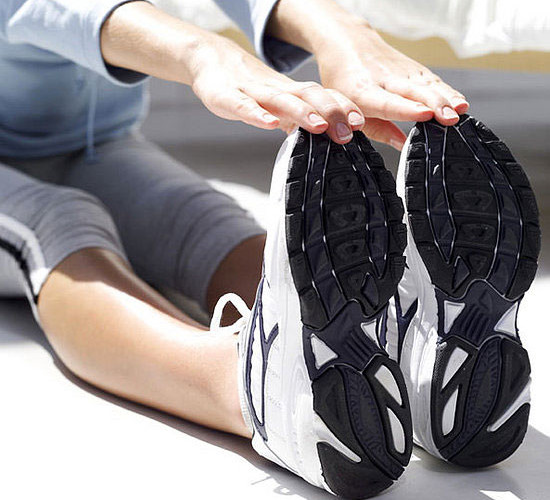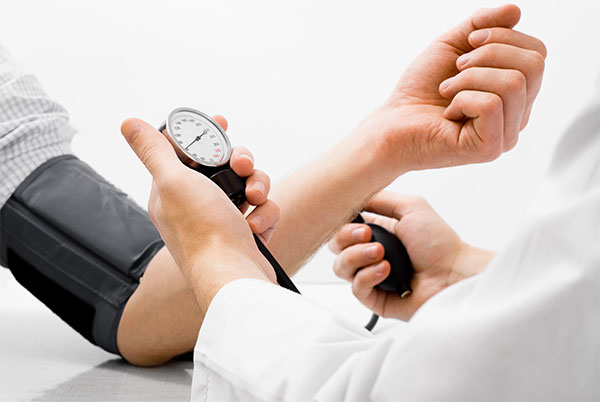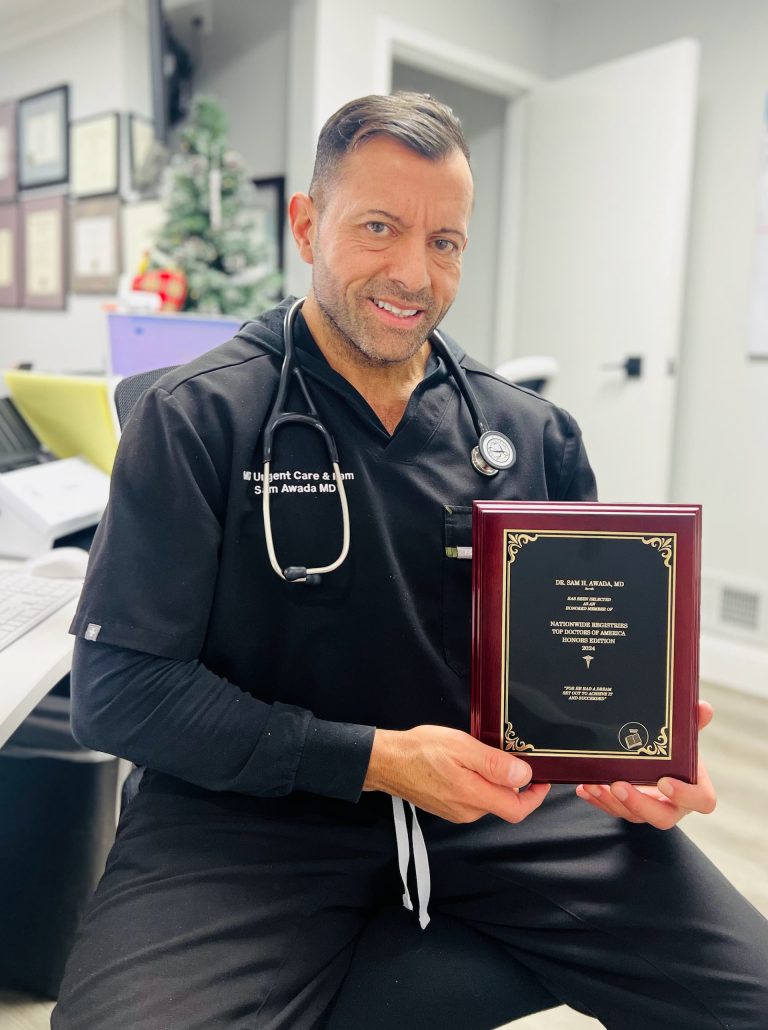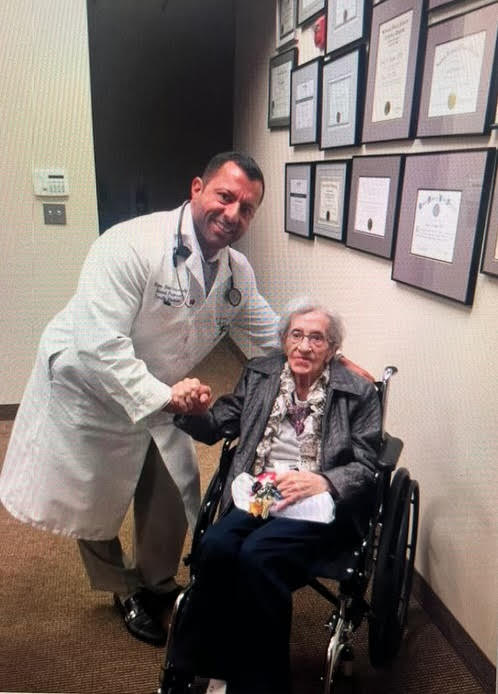To Stretch Or NOT To Stretch

Each year there is much debate surrounding the recommendation to stretch your muscles prior to exercising or not to stretch your muscles prior to exercising. The research has been conflicting at best yet many athletic trainers, physical therapists and strength coaches continue to advocate for this ‘pre-workout’ mechanism to avoid injury, which many sports trainers and therapists feel it is all myth. Unfortunately, research hasn’t supported the premise that stretching prevents muscle injury. In fact, some research has advised against stretching a particular muscle group prior to exercise to avoid injury. This may hold true for the real beginner who has extremely tight muscles, poorly developed musculature, poor biomechanics, limited range of motion of joints and muscle groups especially those which are genetically predisposed smaller muscle bellies consequently harboring impeded ability to grow with resistance training.
The bulk of misconception came when ‘warming up’ with a light jog, a 10 minute bike warm-up or a brisk fast walk for 10 minutes prior to engaging in intense aerobic training (jogging) or anaerobic training (weight lifting) provided athletes with increased range of motion and flexibility. This finding was misinterpreted by athletes in every sport to stretch prior to exercise when in fact it was the cardiovascular warm up and increased blood flow to the muscle group which allowed for more flexibility, not the stretching component. The current practical recommendation and approach I use with my patients and athletes are very different. For the beginner patient or athlete who has never exercised, does not exercise routinely and has an overall poor physical agility, than stretching may be paramount to preventing injury early on and stretching naïve muscle groups, increasing range of motion and pliability, and creating more compliance to muscle groups would be advantageous here. Each beginner athlete young or old should always consult with an expert trainer or sports medicine physician to gain the most benefit to suit his or her goals.
While athletes who are beginners require added time and effort at baseline to allow for increased physical conditioning and increased muscle development and maturity, the conditioned athlete who has conditioned their muscles to function at a high paced, high energy, rapid response at extended intervals typically require little if any time in pre-workout zone or activity. Some exercises utilizing a brief stationary bike stint or brief treadmill interval followed by your training activity will suffice for the trained athlete. Stretching between sets if weight training or stretching prior to running may increase range of motion, flexibility and ease muscle stiffness post workout. It is extremely important to focus on the larger muscle groups, which will generate much of the force during sprinting (quadriceps and hamstrings), while recruiting deep and superficial muscle fibers.
These muscle also harbor fast and slow twitch fibers, which will ultimately respond and grow with repeated stimuli and physical conditioning. However, the varying studies among many centers which has produced conflicting data has prevented our sports authorities and governing bodies the precise standard or approach to recommend for stretching our muscle groups or not to stretch our muscle groups which could guide us on preventing injury before, during and after training.





